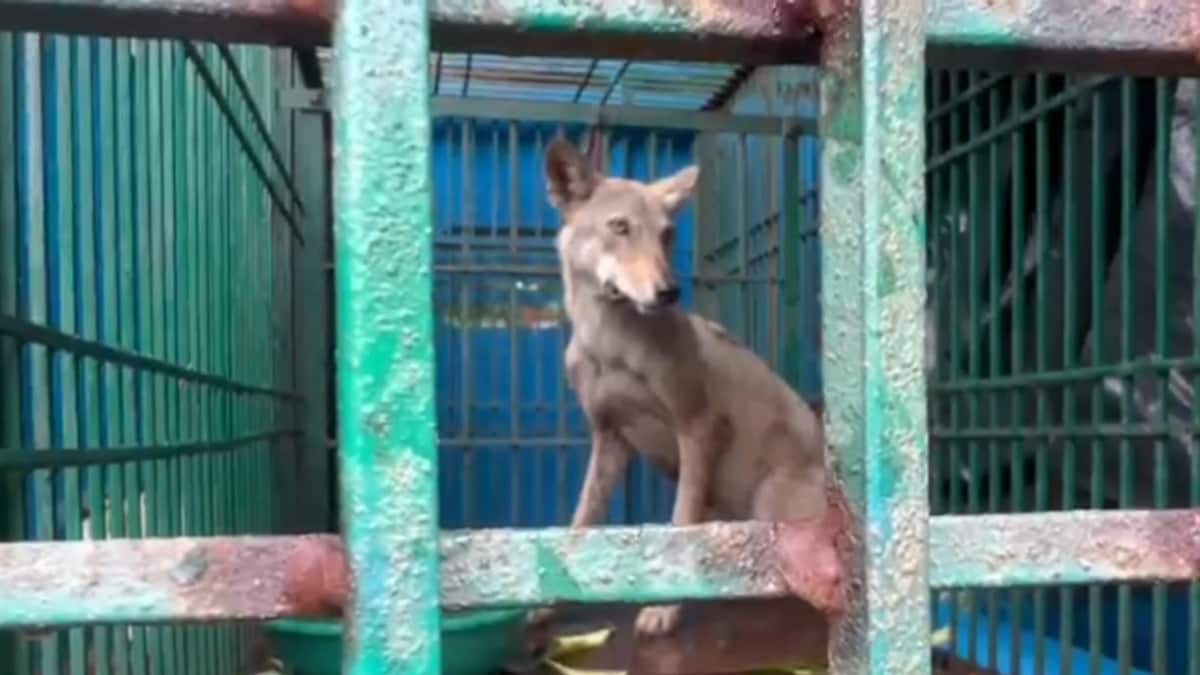The escalating threat of man-eating wolves in Bahraich, Uttar Pradesh, has prompted the state government to implement a drastic measure – a “shoot-on-sight” order. This decision has sparked debate, raising questions about its efficacy and ethical implications in the context of wildlife conservation.
The Context of the Order
The shoot-on-sight order was issued in response to a series of deadly attacks by wolves on humans in Bahraich district. The attacks have left several villagers dead and injured, creating a climate of fear and anxiety. The government’s rationale for this decisive action hinges on safeguarding human lives and stemming the escalating threat posed by these predators.
The order underscores the severity of the situation and the government’s commitment to protecting its citizens. However, the decision has also been met with criticism from various stakeholders who question the necessity and long-term ramifications of such a drastic measure.
The Human Cost: A Tale of Fear and Loss
The fear instilled by the wolf attacks is palpable. Villagers live in constant anxiety, dreading the next encounter with the deadly predators. Their lives have been turned upside down, their sense of security shattered. This fear is a potent cocktail, driven by the unpredictable nature of wolf attacks and the lack of effective protective measures. The tragic losses of lives have left behind grieving families and communities grappling with immense pain. The “shoot-on-sight” order, while intended to restore safety, further intensifies the complex emotional landscape of this situation.
The Need for Comprehensive Conservation Strategies
While the government’s intent is understandable, critics argue that the shoot-on-sight order is a knee-jerk reaction that fails to address the underlying issues. They advocate for a more comprehensive approach to wolf management, focusing on conservation and conflict resolution. This approach recognizes the importance of safeguarding both human lives and the delicate ecological balance.
Beyond the ‘Shoot-on-Sight’: Alternatives and Solutions
Instead of resorting to extermination, critics suggest exploring a range of strategies, such as:
- Understanding the Root Cause: Analyzing the factors driving the man-eating behavior in wolves, such as habitat loss, prey scarcity, and human encroachment.
- Community Awareness and Engagement: Empowering local communities through education and awareness programs about wolf behavior, conflict mitigation techniques, and responsible livestock management.
- Non-lethal Deterrent Measures: Implementing non-lethal methods to deter wolves from entering human settlements, such as fences, early warning systems, and targeted patrolling.
- Population Management: Employing scientifically sound techniques for controlling wolf populations through relocation or habitat management strategies.
Ethical and Conservation Concerns
The shoot-on-sight order raises serious ethical concerns. This method, while appearing to be a quick fix, disregards the intrinsic value of wolves and their ecological role. Extermination not only contradicts conservation efforts but also undermines the principle of human-wildlife coexistence.
A Question of Ethics: Balancing Human Needs and Conservation
The “shoot-on-sight” order creates a stark dilemma: safeguarding human lives versus preserving wildlife. Critics argue that a human-centered approach to wolf management ignores the crucial role they play in the ecosystem. Wolves help regulate prey populations, maintain biodiversity, and prevent disease outbreaks. Exterminating them could lead to unforeseen ecological consequences. The ethical framework for wildlife management needs to account for both human well-being and the long-term sustainability of the ecosystem.
Seeking a Sustainable Path Forward
The wolf-human conflict in Bahraich underscores the pressing need for a paradigm shift in wildlife management. A holistic approach, focusing on conflict resolution, conservation, and responsible human-wildlife coexistence, is paramount. This requires collaborative efforts from the government, scientists, conservationists, and local communities.
The Future of Wolf Management in Bahraich: Towards Coexistence
A sustainable solution requires understanding the ecological, social, and economic dynamics influencing the conflict. This involves:
- Developing and Implementing Comprehensive Management Plans: Utilizing scientific data to create long-term management plans that address both human and wolf needs.
- Promoting Sustainable Practices: Encouraging eco-friendly agricultural practices, reducing habitat encroachment, and ensuring livestock safety.
- Empowering Local Communities: Involving local communities in monitoring and management, fostering understanding and collaboration, and providing economic incentives for wildlife conservation.
Take Away Points
The wolf-human conflict in Bahraich is a complex challenge that requires a comprehensive and ethical approach. The “shoot-on-sight” order, while offering a temporary solution, may not be a sustainable or responsible approach. A holistic framework encompassing education, conservation, community engagement, and sustainable management strategies is essential to achieve long-term human-wildlife coexistence.




